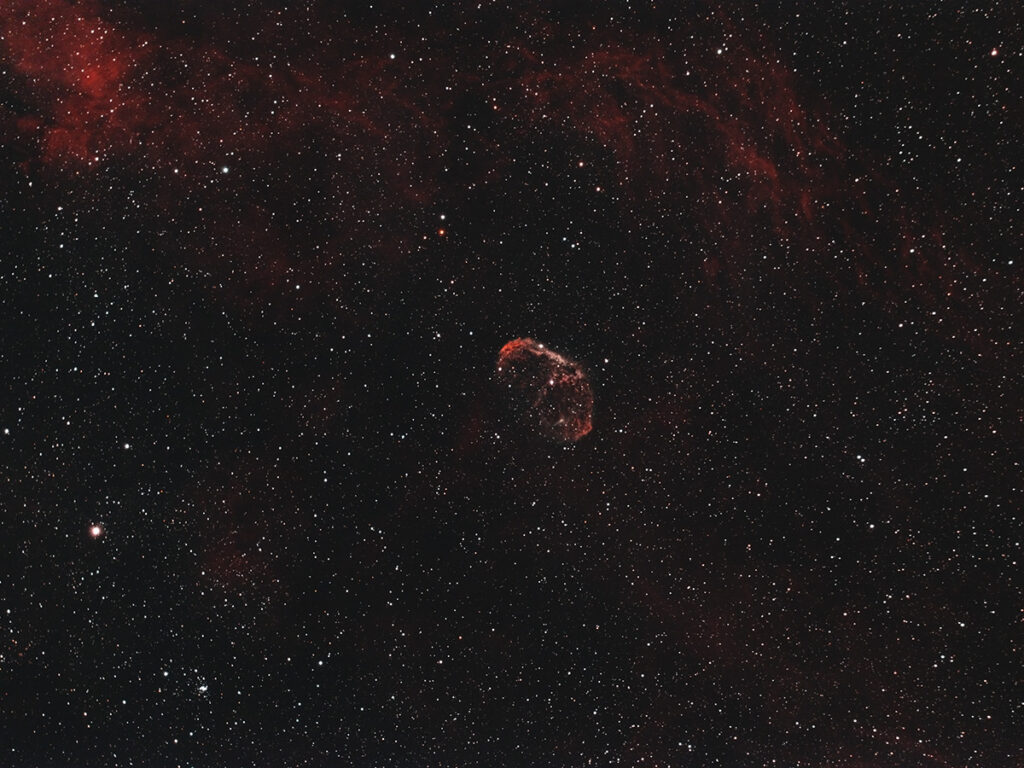
Telescope: ES Comet Hunter MN6 at f/4.8, Orion Atlas EQ-G
Camera: Baader modified Nikon 610
Filter: 2” Radian Triad Ultra Hb, OIII, Ha, SII filter
Guide scope: Williams Optics 50mm, ASI290MM mini, PHD
Exposure: 19x240sec, ISO 400, saved as RAW
Darks: Internal (Long Exposure Noise Reduction On)
Flats: 64×1/5sec, tee shirt flats taken at dusk
Average Light Pollution: Red zone, Bortle 8, good transparency
Lensed Sky Quality Meter: 18.7
Stacking: Mean with a 1-sigma clip.
White Balance: Nebulosity Automatic
Software: Backyard Nikon, Nebulosity, Deep Sky Stacker, Photoshop
The Crescent Nebula is an emission nebula, usually a cloud of diffuse interstellar hydrogen set aglow by hot young stars born within it. However, in this case the nebula was made by a single, massive, fiercely energetic Wolf-Rayet star at its core. Some 250,000-400,000 years ago this star ejected its outer surface while it was a red giant, forming the expanding shell of the nebula. As the star collapsed it ejected a fast moving solar wind that is pushing against the slower moving gas in the shell forming a shock front giving the nebula its distinctive shape. The Crescent Nebula lies among the rich star fields in Cygnus and almost gets lost in the Milky Way. The five stars forming a “W” across the northern edge of the nebula makes a handy reference for locating this field visually or with a video system.
NGC 6888 is currently well placed in the northeast late in the evening and is high overhead after midnight.
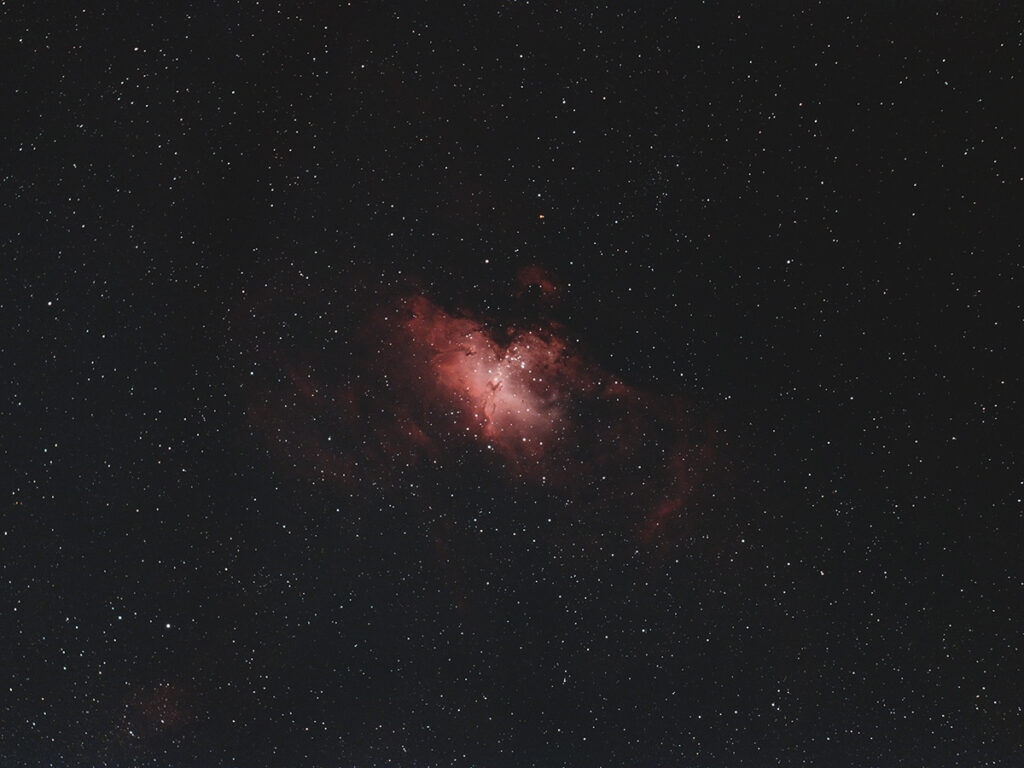
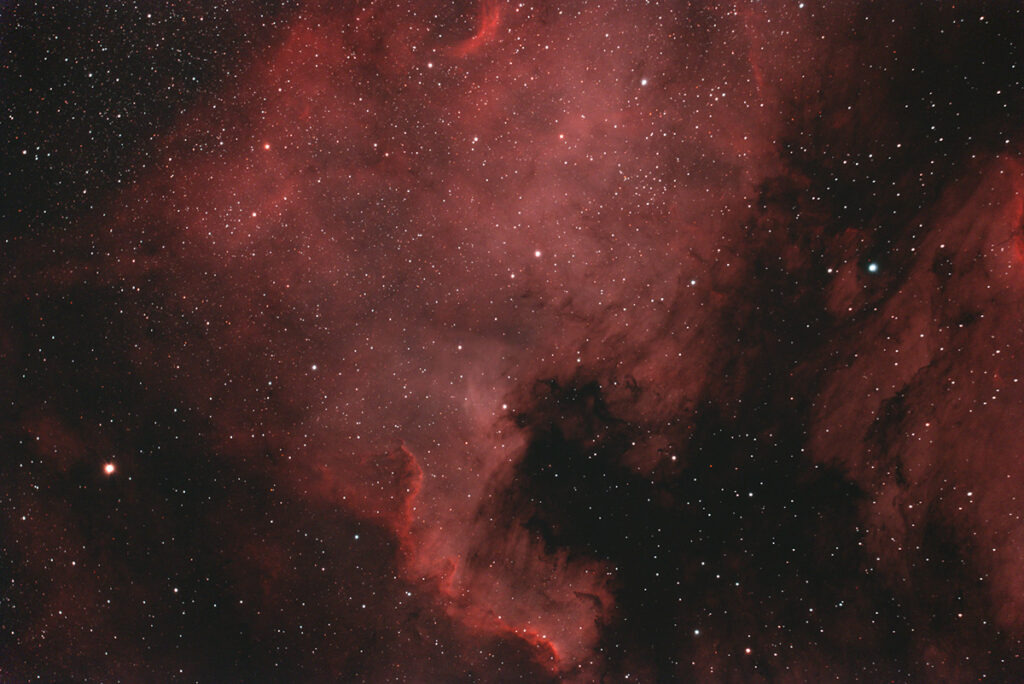
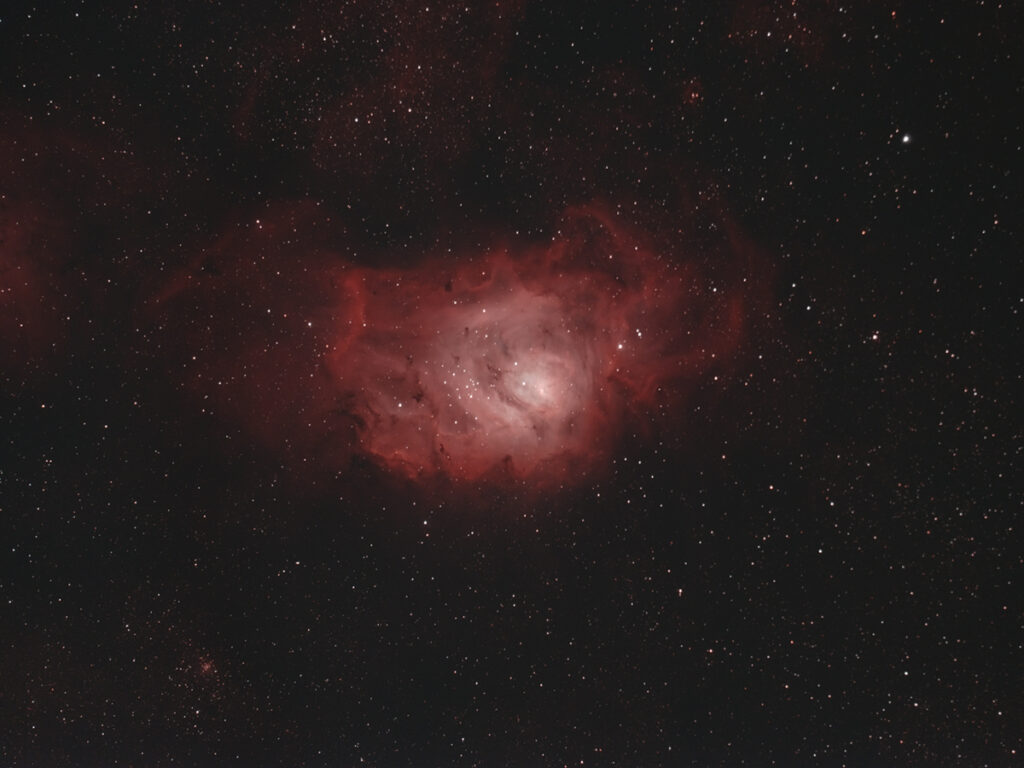

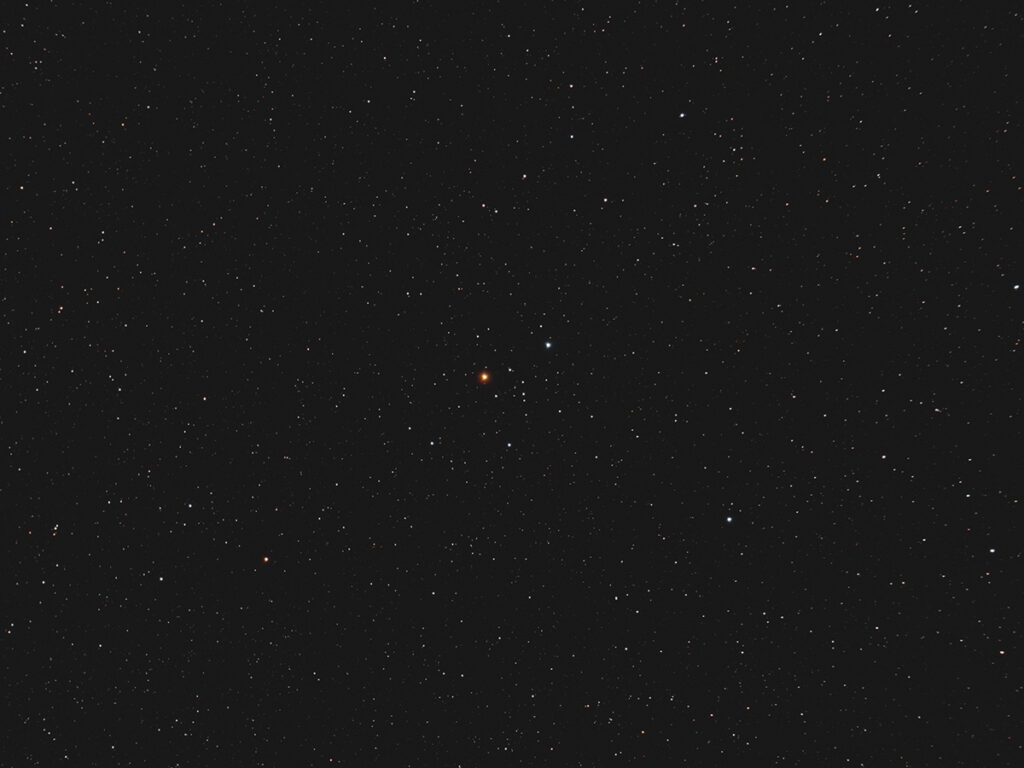
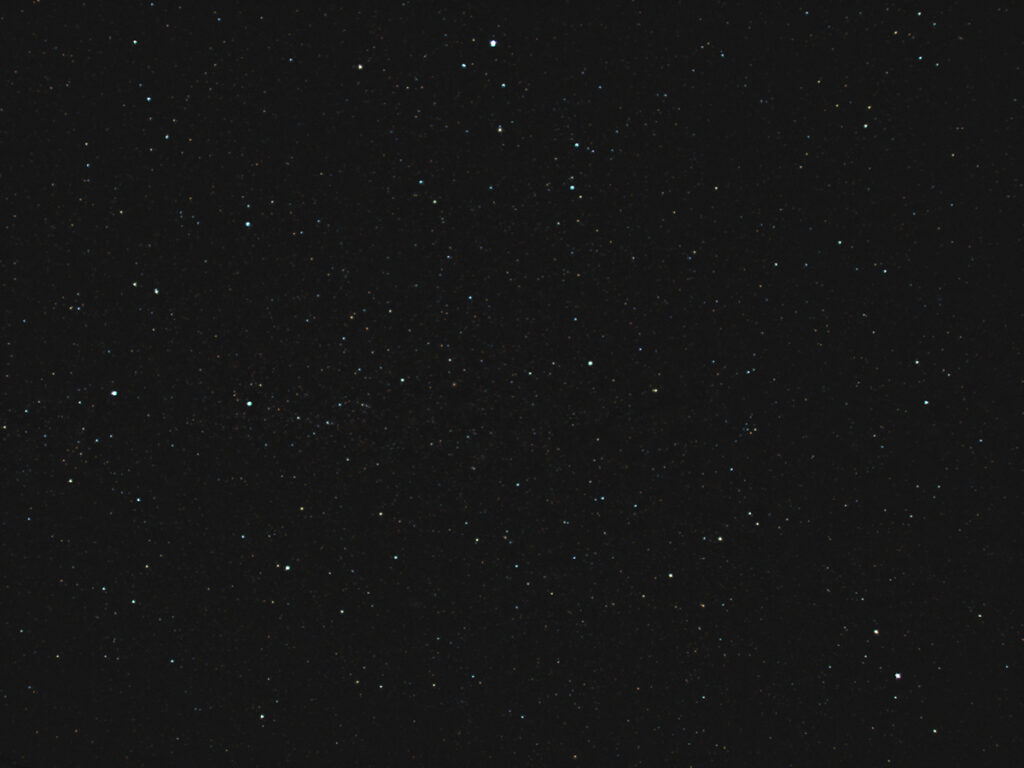

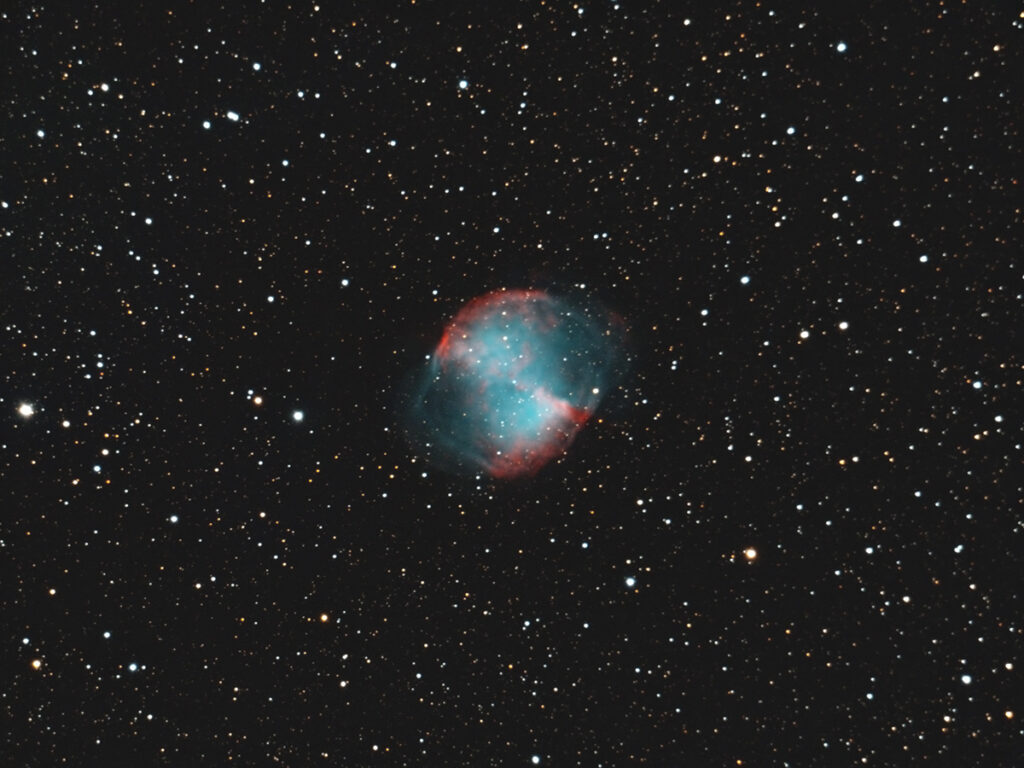

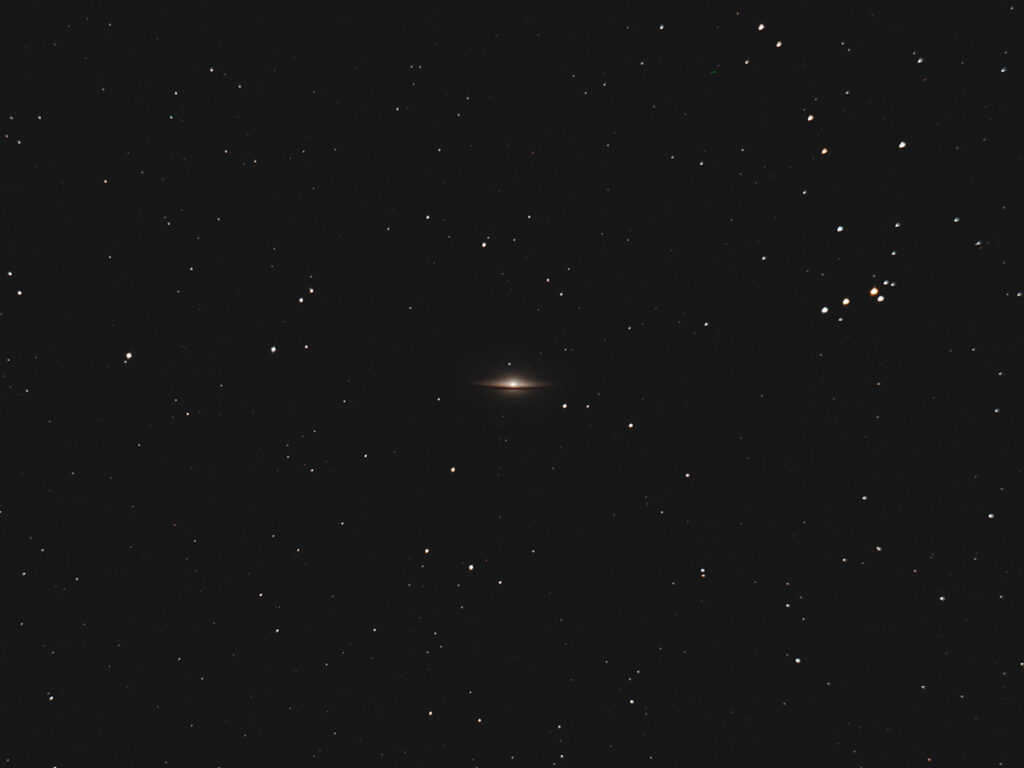
Recent Comments